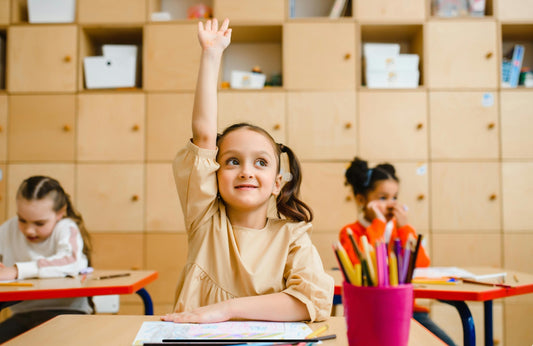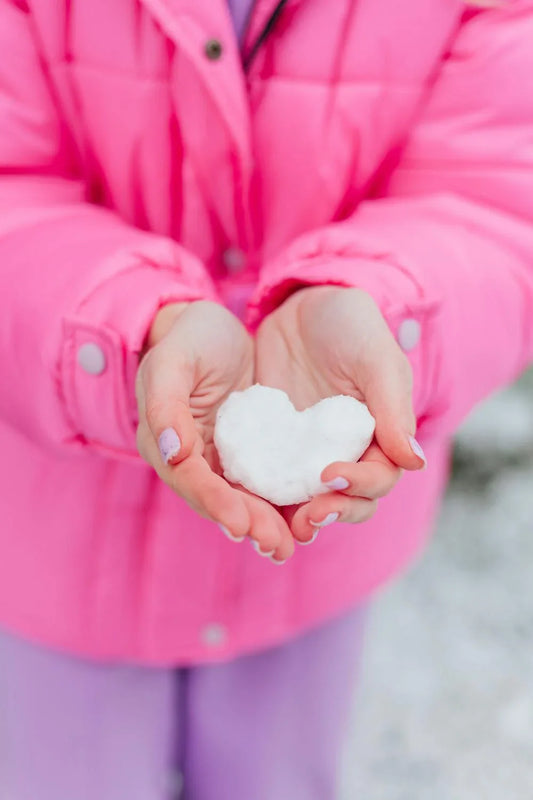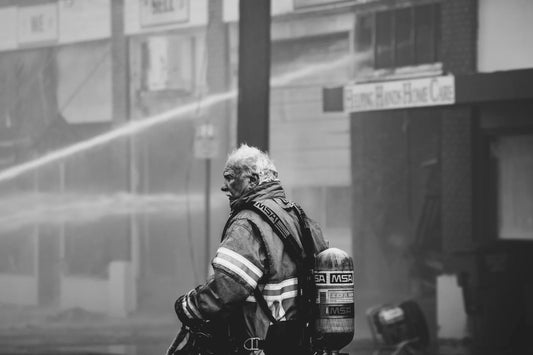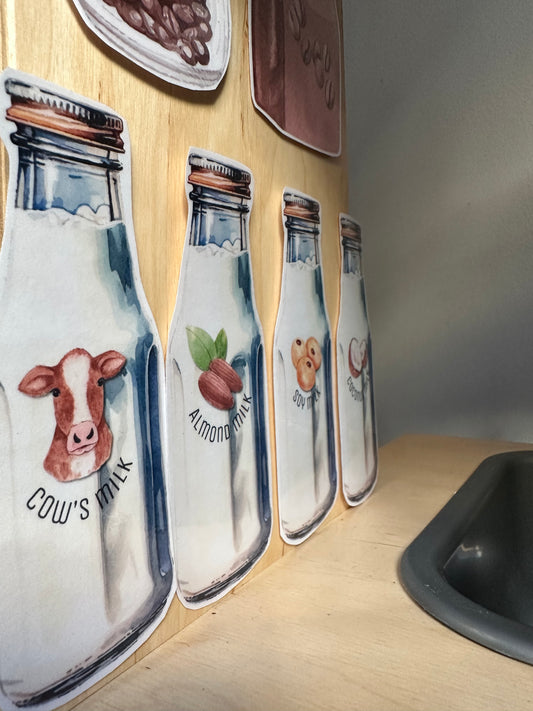When wildfires rage through California or natural disasters strike, it’s hard to shield kids from the images and stories that fill the news. While their curiosity is natural, these events can also spark fear and confusion. As parents and caregivers, we play a vital role in helping our children process these moments with understanding, empathy, and a sense of empowerment. Here’s how to navigate these conversations and inspire your kids to support those affected.
1. Start by Listening
Before diving into explanations, ask your child what they already know. Their school, friends, or social media may have introduced them to the topic. Gently correct any misinformation and encourage them to share their feelings. A simple question like, “How are you feeling about what you’ve heard?” can go a long way in opening up dialogue.
2. Explain in Age-Appropriate Terms
Keep your explanation simple and focused on what they can understand:
• For younger kids: Use language they can relate to, such as, “A wildfire is like a big campfire that gets out of control. Firefighters are working hard to make it stop.”
• For older kids: Dive deeper into the causes of wildfires, like weather patterns or human activities, and discuss safety measures and the importance of environmental care.
3. Reassure Their Safety
Children often worry about their own safety or that of loved ones. If your family isn’t directly affected, assure them:
“We’re safe where we are, and there are many people working to protect those in danger.”
If you live in an area prone to natural disasters, use this as a chance to review safety plans. Feeling prepared can ease anxiety.
4. Highlight Helpers and Heroes
Shift the focus to the positive efforts being made. Show them stories of firefighters, volunteers, and organizations coming together to help. This teaches kids that even in tough times, people can make a difference.
5. Encourage Them to Take Action
Empower your kids by involving them in supportive activities:
• Donate: Collect gently used clothes, toys, or books for families who’ve lost their homes.
• Create Care Packages: Include notes, small treats, or necessities for those affected.
• Fundraise: Help them organize a bake sale, lemonade stand, or online fundraiser for disaster relief organizations.
• Write Thank-You Notes: Send messages of gratitude to firefighters and first responders.
These small acts not only help others but also give your child a sense of control and purpose.
6. Teach About the Environment
Use this moment to educate your kids about the importance of protecting our planet. Discuss ways to prevent wildfires, such as:
• Putting out campfires completely.
• Avoiding fireworks in dry areas.
• Planting trees to help restore forests.
Engaging in small eco-friendly habits, like recycling or conserving water, can make kids feel like they’re contributing to a bigger cause.
7. Be Mindful of Media Exposure
While it’s important to stay informed, too much exposure to distressing news can overwhelm children. Limit screen time and choose kid-friendly content when discussing the topic.
8. Model Emotional Resilience
Kids take emotional cues from us. Share your own feelings but remain calm and hopeful. Let them see you process these events in a way that balances empathy with confidence in the efforts being made to help.
Natural disasters like the California wildfire can be challenging to discuss, but they also offer opportunities to teach resilience, compassion, and action. By addressing their concerns honestly and empowering them to help, you’re giving your kids tools to navigate a complex world with kindness and confidence.
And remember, it’s okay if you don’t have all the answers. Sometimes, the best support you can give is simply being there to listen.
What ideas have worked for you when talking to your kids about natural disasters? Share your thoughts below—we’d love to hear them!







